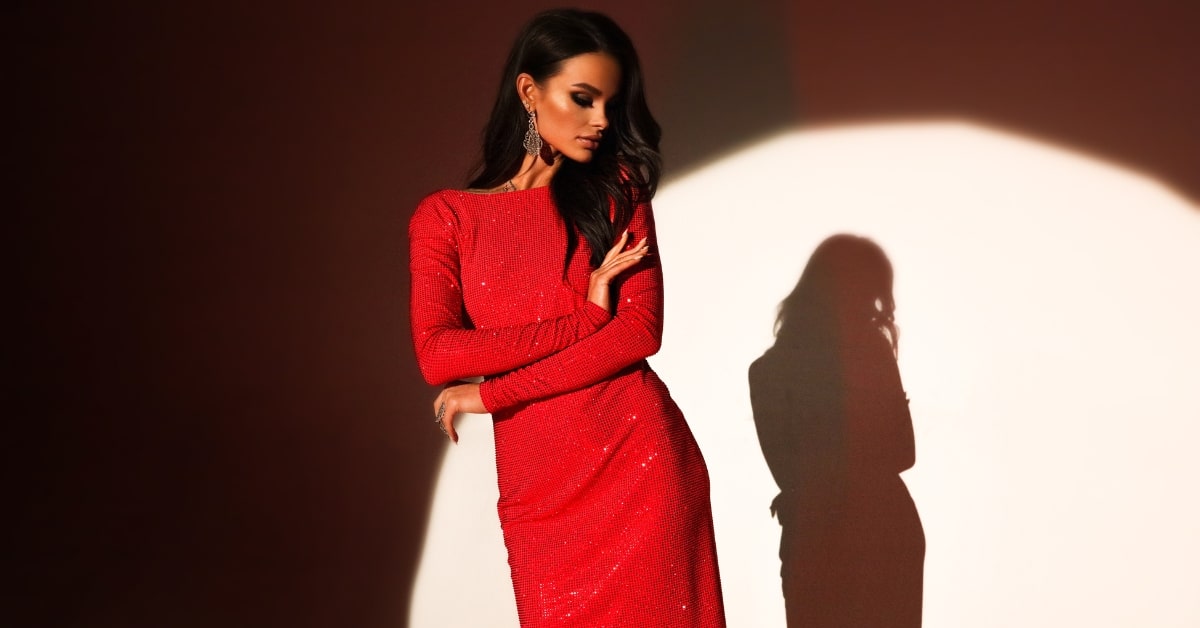Modeling photography is a captivating blend of artistry, creativity, and collaboration, where photographers work hand in hand with models to capture striking images that tell stories, evoke emotions, and showcase beauty in its many forms. Whether it’s fashion, editorial, commercial, or portrait photography, modeling photography celebrates the unique personality and style of each model while highlighting the photographer’s vision and expertise. In this guide, we’ll explore the intricacies of modeling photography, discuss essential techniques for capturing stunning images, and delve into the nuances of working with models to create unforgettable photoshoots.
The Essence of Modeling Photography
Modeling photography is more than just taking pictures of models; it’s about capturing moments of beauty, elegance, and expression. Whether it’s on the runway, in a studio, or out in the streets, modeling photography celebrates the diversity of human form and the art of storytelling through imagery. It encompasses a wide range of genres, including fashion, editorial, portrait, glamour, and lifestyle photography, each with its unique style, aesthetic, and purpose.
Essential Techniques for Modeling Photography
- Understanding Lighting: Mastering lighting is essential for creating impactful modeling photos. Experiment with natural light, studio lighting setups, and off-camera flash to achieve the desired mood and atmosphere.
- Posing and Composition: Guide models through posing techniques that flatter their physique and highlight their best features. Pay attention to composition, framing, and perspective to create visually dynamic and compelling images.
- Building Rapport: Establish a rapport with models to create a comfortable and collaborative atmosphere during the photoshoot. Communicate openly, provide direction, and encourage creativity to bring out the model’s personality and individuality.
- Utilizing Location and Props: Incorporate interesting locations, backdrops, and props to add depth and context to your modeling photos. Whether it’s an urban landscape, a scenic outdoor setting, or a themed studio setup, the environment can enhance the overall mood and storytelling of the images.
- Post-Processing and Retouching: Use post-processing techniques to enhance colors, contrast, and clarity, while ensuring that the final images maintain a natural and authentic appearance. Pay attention to skin retouching, color grading, and overall image refinement to achieve professional results.
- Experimenting with Angles and Perspectives: Explore different angles, perspectives, and focal lengths to create variety and visual interest in your modeling photos. Experiment with wide-angle shots, close-ups, and creative compositions to showcase the model from unique and flattering perspectives.
- Staying Updated with Trends and Styles: Keep abreast of current fashion trends, industry standards, and emerging styles in modeling photography. Stay inspired by studying the work of renowned photographers, attending workshops, and participating in online communities to continually refine your craft and stay ahead of the curve.
Working with Models: Tips for Success
- Communication is Key: Establish clear communication with models before, during, and after the photoshoot. Discuss expectations, preferences, and creative ideas to ensure a collaborative and productive working relationship.
- Provide Direction: Offer guidance and direction to models to help them feel confident and comfortable in front of the camera. Offer posing suggestions, provide feedback, and encourage them to express themselves authentically.
- Be Respectful and Professional: Treat models with respect, professionalism, and courtesy at all times. Create a safe and inclusive environment where models feel valued, heard, and appreciated for their contributions.
- Collaborate and Adapt: Be flexible and adaptable during the photoshoot, as unexpected challenges or opportunities may arise. Collaborate with models to explore different ideas, experiment with poses, and adjust the approach as needed to achieve the desired results.
- Show Appreciation: Show appreciation for models’ time, effort, and talent by providing feedback, sharing images promptly, and crediting them appropriately in your work. Building positive relationships with models can lead to future collaborations and referrals.
FAQs
Do I need professional equipment to start modeling photography?
While professional equipment can enhance the quality of your photos, you can start with basic camera gear and gradually invest in more advanced equipment as you gain experience and confidence in your craft.
How do I find models to work with for my photography projects?
There are several ways to find models for your photography projects, including reaching out to modeling agencies, networking with local talent, collaborating with aspiring models on social media platforms, and attending model casting calls or events.
What should I include in a modeling photography contract?
A modeling photography contract should outline the terms and conditions of the photoshoot, including the scope of work, usage rights, compensation, model release, and any other relevant agreements or provisions.
How can I improve my posing and directing skills as a photographer?
Practice makes perfect when it comes to posing and directing models. Experiment with different poses, study posing guides and tutorials, attend workshops or classes on posing techniques and practice directing models to bring out their best expressions and poses during photoshoots.
This page was last edited on 28 February 2024, at 4:13 pm
